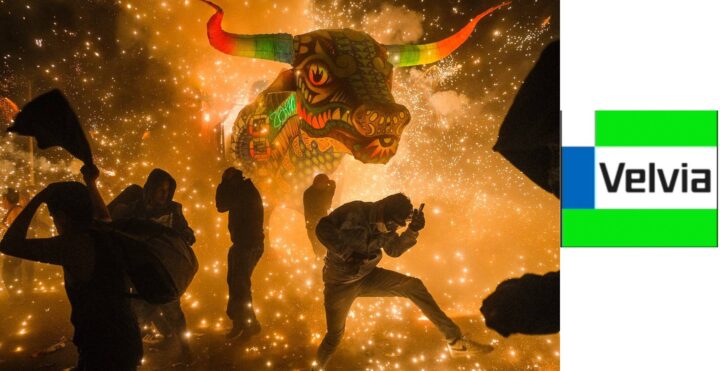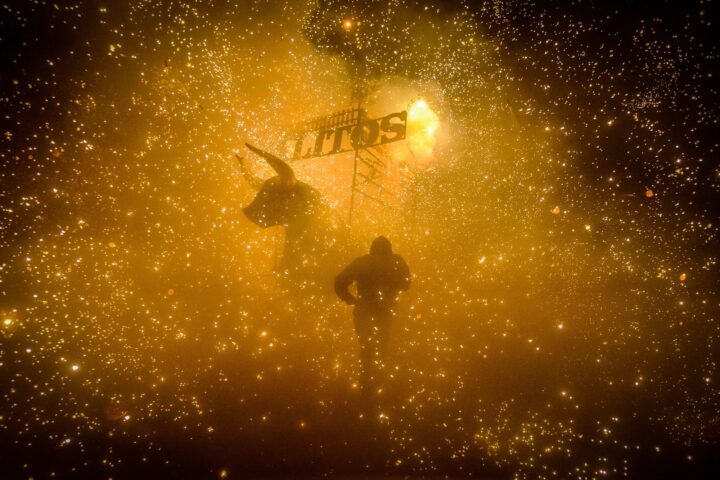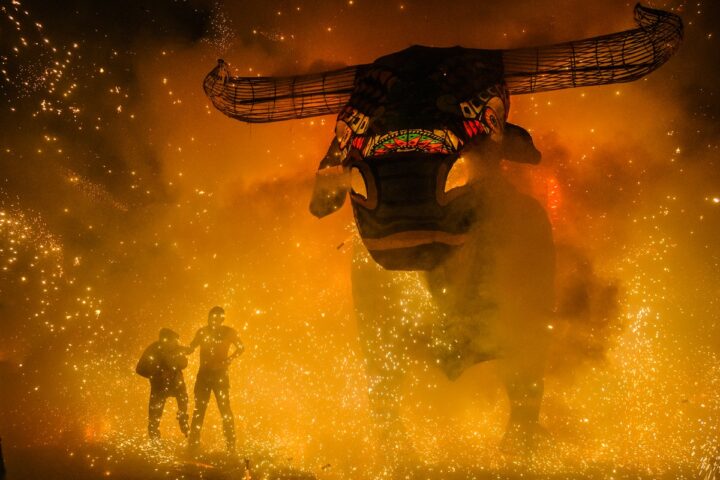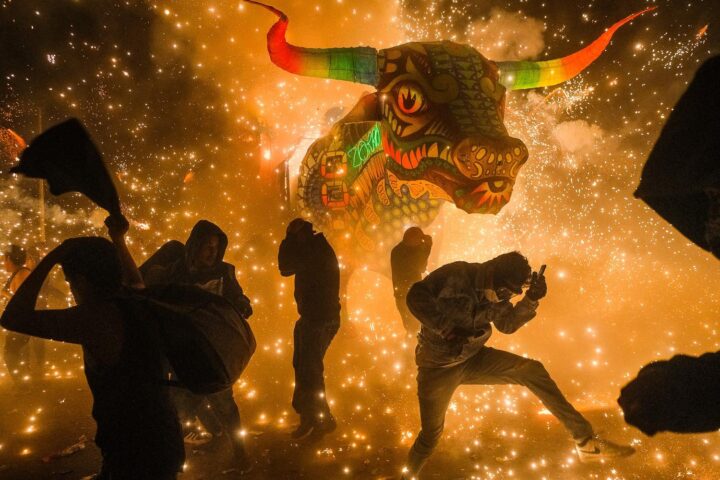Welcome to the World of VELVIA Film Simulation

Tweaking Film Simulations
Today we talk Velvia, one of the most used and appreciated film simulations out there.
But keep in mind: the Velvia we have today, is not the Velvia we had when Fujifilm started its X series journey.
Especially the red tones did tend to get super-saturated, which why when I originally used Velvia on the first generation Fujifilm X series cameras, whenever I had red colors in the frame, I actually decreased the color saturation in-camera.
But that one got fixed with the arrival of the Fujifilm X-Pro2.
Fujifilm did try to get Velvia to work also on X-Pro1 and X-T1, but the processor could not handle the too complex algorithm.
If you want to read the full “Velvia-development” story, check out this article here.
And not only Velvia: pretty much all film simulations get tweaked overtime, when the new processors allow for even more sophisticated color tuning.
The Power of Velvia
And now let’s look at the awesome results one can achieve with Velvia, but not only for landscape photography.
And we’ll do that by sharing the latest video Fuji Guy Francis did, where he brings you into the wonderful Canadian countryside and uses Velvia only to take his images, and also, we will share a stunning series of images that fellow Fujifilm X Simulation group member Antonio has shared at our massive (78,000 members) group here.
1) Fuji Guy Francis
Fuji Guy Francis dedicated this months Film Simulation to Velvia, and it’s a very nice one as he will bring you out in the stunning Canadian countryside to capture its beauty in Velvia.
And I think he is making the best use of Velvia: when a grey day is robbing nature of its wonderful colors and Velvia restores some of that beauty.
2) Antonio
Once a year, the Mexican town of Tultepec becomes the hell on earth and home to the lords of fire and pyrotechnics.
Antonio was present with his Fujifilm X-T3 and XF18-55mm and captured the event.
Here on FujiRumors I will only share three images, but you can check out the full set of images at this film simulation Facebook post and also read an article about it at magazine.exposuresop here.
3) Bonus
You might remember the “World of Film Simulation” series of articles that Fujifilm made back in 2015.
We will share the full Velvia episode again down below. Check it out if you are interested in the Velvia development story.
The World of Film Simulation – Velvia
The World of Film Simulation episode #3
Episode #3 is about “Velvia”
Many photographers would put a smile on their face when they hear the word “Velvia”. It often sets off a discussion like which Velvia is best, the original or the 100F and etc.,
Velvia is a reversal film that FUJIFILM introduced back in 1991. Since its debut, it has gained massive popularity especially among the landscape and nature photographers, so much that the Velvia color has set a standard in the field of photography.
If “CLASSIC CHROME” is a film simulation that communicates through its tone, then “Velvia” is a film simulation that communicates through its color.
Color is the main element for “Velvia” with its unique high saturation. It has to be said, before we go any further, that FUJIFILM had designed “Velvia” with the concept of “Image Color”.
“Image Color” is the color of how photographers remember the scene. It is also the color of how the viewers expect upon looking at the photographs.
In Japanese, photography is written as “写(Copy)真(Truth)”. And some also think of photography’s meaning as “same as how it appears”. But photography, in one point of view, can be thought as the medium of emotional communication. Then the term “Copying Truth” would be inappropriate. It would also be inappropriate in terms of psychological mechanism of the photographers and the viewers.
People wouldn’t condemn painter’s work just because the model doesn’t appear the same in the painting and in reality. This goes the same for photographs. In order for a photograph to deliver the intended emotion, essential and unessential elements need to be selected.
When people look and memorize things, psychological factor is added during the process. And because of that, if the color is truly a reflection of reality, then people would often find that “the photo is missing something” or that “the color isn’t just right”. “Image Color” is indeed a bit far from the truth. But in people’s mind, the image color is the correct answer.
Back to the topic on designing of Velvia.
Even though Velvia is based upon “Image Color”, if too much editing has been done, then it goes far off from how the “Image Color” should be. So what is the recipe that link the natural color and the color in people’s mind? This was the key to designing “Velvia”.
“How can you understand the colors in my mind?”, a philosopher may ask. And the scientists and researchers try to find the answer to that question by trial & error and by feedback.
FUJIFILM is a camera manufacturer, a film manufacturer, and a print developer. We cover all process of photography and have tremendous volume of “printed” feedback as assets.
What are the colors that stay strong in people’s memory? How are the colors altered upon the process of memorization?
Much effort have been put trying to find the answer to the question, and two key color for landscape photography have emerged at last: “Blue in the sky” and “Green in the grass”.
In order to make “Blue” more memorable, a bit of magenta is being added. “Add magenta to enhance blue?” you may wonder. But by realizing just how much to add, this results in most comfortable and eye-pleasing blue. Gradation needs to be controlled as well as other elements, and recipe for each elements are implemented.
“Green” as well as other colors have gone through the same process as “Blue” to optimize each color; making the colors close to how people would remember.
It is often said that Velvia adds more depth and flavor, and that the colors are more vibrant. This is the result of the effort that have been put for the research.
The epitome of Velvia is the communication through color between the photographer and the viewer. There are certain emotions that only “Image Color” can deliver.
In film, Velvia only has sensitivity of 50 and 100. With Velvia film simulation, you can control as freely as you like. On top of that, there also is the robustness of a film simulation. We believe Velvia color reproduction have a lot more to offer if they are more utilized.




